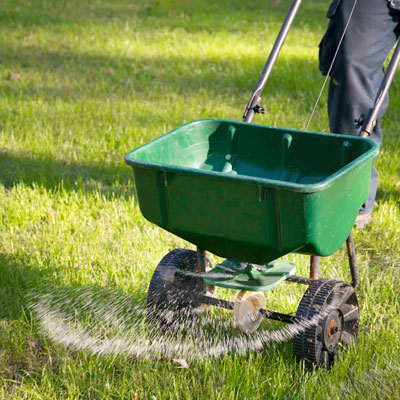Question of the Week: April 1, 2021
“What is the best time to fertilize my various plants?”
There are so many variables. You’ll have to consider things like soil types (sands require more frequent feedings than clays), types of plants you’re growing, types of fertilizer you might be using (especially organic vs. inorganic), and this year, you’ll even have to consider damage that might have been done by the February freeze.
However, I’ll start with some general guidelines.
• Fertilize in anticipation of new growth. In most cases that would mean 2-3 weeks prior to that new growth’s beginning.
• Organic fertilizers are much lower analysis and much more slowly available for uptake by plants’ roots, so you will apply them less often. But you have to be patient – it will take a while to see the results.
• Plants take nutrients into their roots as elements in water solution. They don’t discern whether they came from organic or inorganic sources. However, for purposes of the rest of this discussion I will be referring to high-quality inorganic fertilizers that contain upwards of half of their nitrogen (first number of their analysis) in slow-release form.

• St. Augustine lawns: Early to mid-April; early to mid-June; early September. (None applied in mid-summer due to propensity for gray leaf spot disease if N is applied in hot weather.
• Common bermuda: Early April; early June; early August; early October.
• Hybrid dwarf bermudas: Early April; repeat on 6-week intervals until mid-fall.
• Zoysias: Early April; early June; early September.
• Buffalograss: Mid-May.
• Fescue: Early November; mid-February; mid-April.
• Trees: Same schedule as turfgrass. In fact, they will compete with the turf for nutrients so no need to make special effort to feed them. Perhaps make one extra pass around the drip line with the rotary spreader, but be certain you’re not using a weed-and-feed product.
• Shrubs, vines and groundcovers: Every two months beginning early April. If you are feeding new plants or plants that were damaged by the cold be careful that you do not overdo things. Be patient as they gear up to start growing.
• Annual flowers: Two weeks after planting (half-rate application); monthly thereafter. Water by hand to wash granules off leaves and away from stems.
• Perennials: Monthly during periods of active growth and leading up to bloom. Many types will go dormant part of the year. Do your best not to apply fertilizer directly around them at those times.
• Fruit trees: As new growth begins in the spring and again in early fall.
• Vegetables: Two weeks after planting; Repeat every 2-3 weeks until harvest to keep vegetables growing actively. Sideband the granules along the rows of vegetables and water by hand to wash granules off the leaves.
• Container plants: You may prefer to apply a diluted solution of a water-soluble plant food to these each time that you water them. That will give them sustained growth. Many gardeners also include an encapsulated, timed-release fertilizer in their potting soils.
